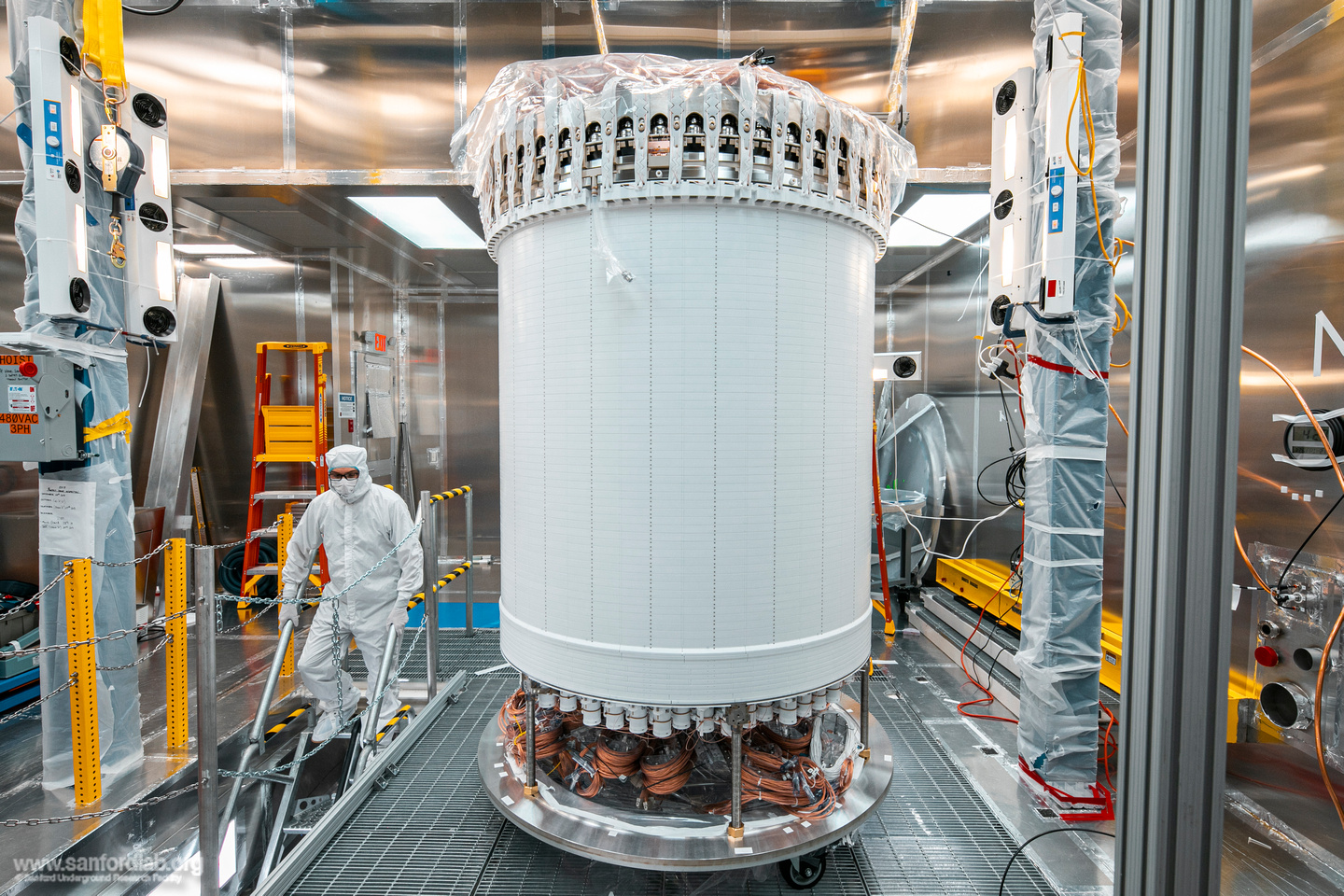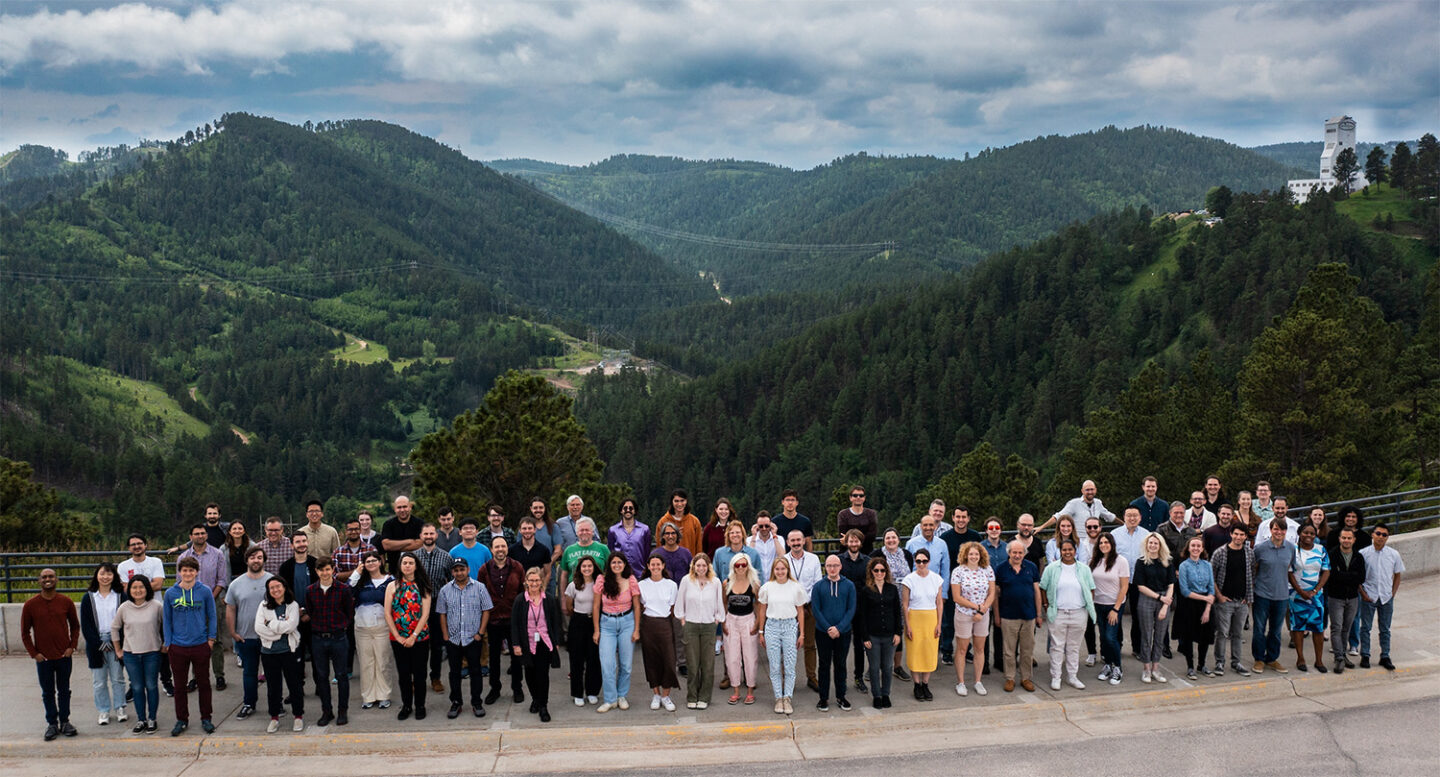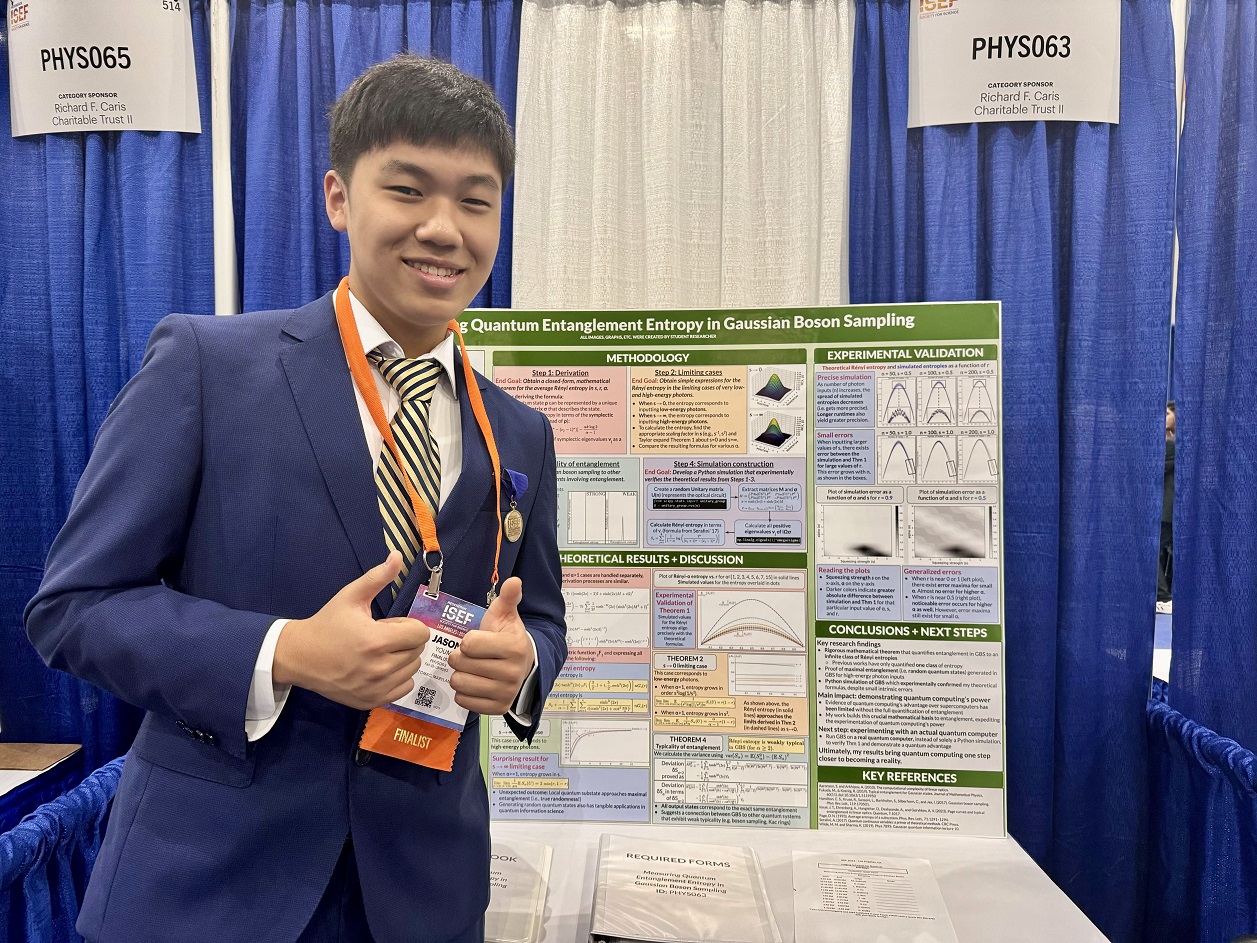How Does Quantum Mechanics Meet Up With Classical Physics?
- Details
- Category: Research News
- Published: Wednesday, September 04 2024 05:56
In physics, there is a deep disparity between the quantum and classical perspective on physical laws. Classical mechanics is used to describe the familiar world around us. This is the physics that you may have been exposed to in high school or early college where you calculate the trajectory of a baseball or speed of a car. Quantum mechanics on the other hand is primarily used to describe incredibly small objects that are on sub-micron length scales such as electrons or atoms. Quantum mechanics is typically far from intuitive and is home to a variety of mind-bending phenomena like quantum tunneling and entanglement. The differences between classical mechanics and quantum mechanics are quite striking.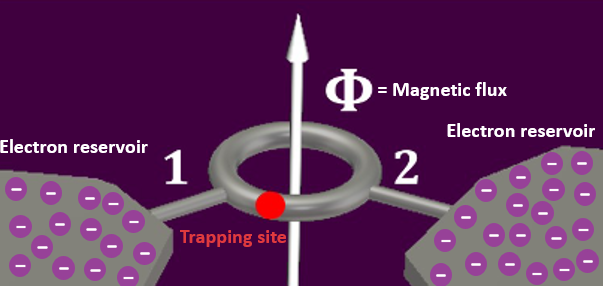 Schematic of the Aharonov-Bohm mesoscopic device connected to two electron reservoirs. The device is biased by a magnetic flux and contains a “dephasing” trapping site.
Schematic of the Aharonov-Bohm mesoscopic device connected to two electron reservoirs. The device is biased by a magnetic flux and contains a “dephasing” trapping site.
Everyday processes are governed by equations of motion that include friction, which creates the phenomenon of irreversibility, which we all take for granted. Irreversibility becomes clear when we take a movie of an egg falling onto a solid surface and cracking open. When the movie is run backward, we can tell that it is obviously “wrong” because broken eggs don’t spontaneously re-assemble and then jump up to the original location above the surface. We say that irreversibility creates the perception of the “arrow of time.” However, in quantum mechanics there is no “arrow of time” because all microscopic processes are fully irreversible – in other words in the microscopic world everything is the same for time running forward or backward. The natural question to ask is then: how do the laws of quantum mechanics segue into those of classical mechanics as you involve increasing numbers of interacting particles and influences?
Semiclassical physics aims to bridge this disparity by exploring the regime between pure quantum evolution and classical physics. By introducing the corrupting influence of “dephasing”, one can disrupt the symmetric forward/backward time evolution and recover some degree of classical behavior from a quantum system, such as an electron travelling through a metal. Of particular interest is whether this (typically undesired) “de-phasing” effect creates opportunities for new technologies that can perform tasks that are impossible in either the fully quantum or fully classical limits.
The mechanism of “dephasing”, the way a quantum system is pushed towards being classical, is then of great importance and needs to be understood. In a recent experiment performed at the University of Maryland, it was found that one current theoretical treatment of “dephasing” effectively renders the model system classical, suggesting that more nuanced notions are required to understand what happens in this interesting semiclassical regime.
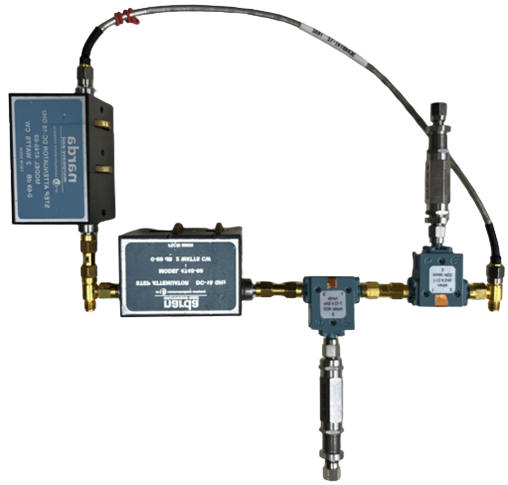 Photograph of the Aharonov-Bohm-graph microwave analogue made up of coaxial cables, circulators (small boxes), phase trimmers, and attenuators (large boxes). One hypothetical technology proposed to take advantage of this regime is a two-lead mesoscopic (i.e. really small) electrical device which would have a net charge current flowing through it in the absence of a potential difference without the use of a superconductor, in apparent violation of the second law of thermodynamics, also known as the law of no free lunch. The device in question is an Aharonov-Bohm (AB) ring with two electrical leads, shown in Fig. 1, which could be connected to large reservoirs of electrons. By tailoring the quantum properties of the ring one can create a situation in which electron waves that enter the ring at lead 1 only traverse the ring one time before they exit at lead 2, while the electron waves which start at lead 2 must traverse the ring three times before they can exit at lead 1. A localized “dephasing” center can be thought of as a trapping site that grabs a passing electron and holds on to it for a random amount of time before releasing it, having erased any information about where the electron came from or where it was going. The released electron is then equally likely to exit the device through either lead. Since the site will act preferentially on the longer lingering electrons, it would cause more electrons to travel from 1 to 2 than from 2 to 1, resulting in a net electrical current through the device with no external work being done!
Photograph of the Aharonov-Bohm-graph microwave analogue made up of coaxial cables, circulators (small boxes), phase trimmers, and attenuators (large boxes). One hypothetical technology proposed to take advantage of this regime is a two-lead mesoscopic (i.e. really small) electrical device which would have a net charge current flowing through it in the absence of a potential difference without the use of a superconductor, in apparent violation of the second law of thermodynamics, also known as the law of no free lunch. The device in question is an Aharonov-Bohm (AB) ring with two electrical leads, shown in Fig. 1, which could be connected to large reservoirs of electrons. By tailoring the quantum properties of the ring one can create a situation in which electron waves that enter the ring at lead 1 only traverse the ring one time before they exit at lead 2, while the electron waves which start at lead 2 must traverse the ring three times before they can exit at lead 1. A localized “dephasing” center can be thought of as a trapping site that grabs a passing electron and holds on to it for a random amount of time before releasing it, having erased any information about where the electron came from or where it was going. The released electron is then equally likely to exit the device through either lead. Since the site will act preferentially on the longer lingering electrons, it would cause more electrons to travel from 1 to 2 than from 2 to 1, resulting in a net electrical current through the device with no external work being done!
The team at UMD has performed an experiment to address certain aspects of this provocative proposal. Though the experiment is fully classical, the team successfully established the transmission time imbalance using wave interference properties. The UMD researchers made use of their recently developed concept of complex time delay to create a microwave circuit that had the necessary ingredients to mimic the asymmetric transmission-time properties of the hypothetical device. This device is considered to be “classical” because it’s about the size of two human hands, in contrast to the originally proposed semiclassical device which would be the size of a few molecules. The device is a microwave circuit in the shape of a ring made mainly out of coaxial cables (see Fig. 2). The UMD researchers send microwave light pulses through the device to mimic electrons. This analogue allows them to probe certain aspects of this provocative proposal and test their viability.
Since they are working with a classical analogue they were limited in their ability to recreate the trapping site. The researchers crudely attempted to mimic a quantum “dephasing” site by using a microwave attenuator. An attenuator works by reducing the energy (amplitude) of the microwave pulse and basically functions as a source of friction for the pulses. The circuit was carefully studied and subjected to every kind of input the researchers could throw at it: frequency domain continuous waves, time domain pulses, and even broadband noise.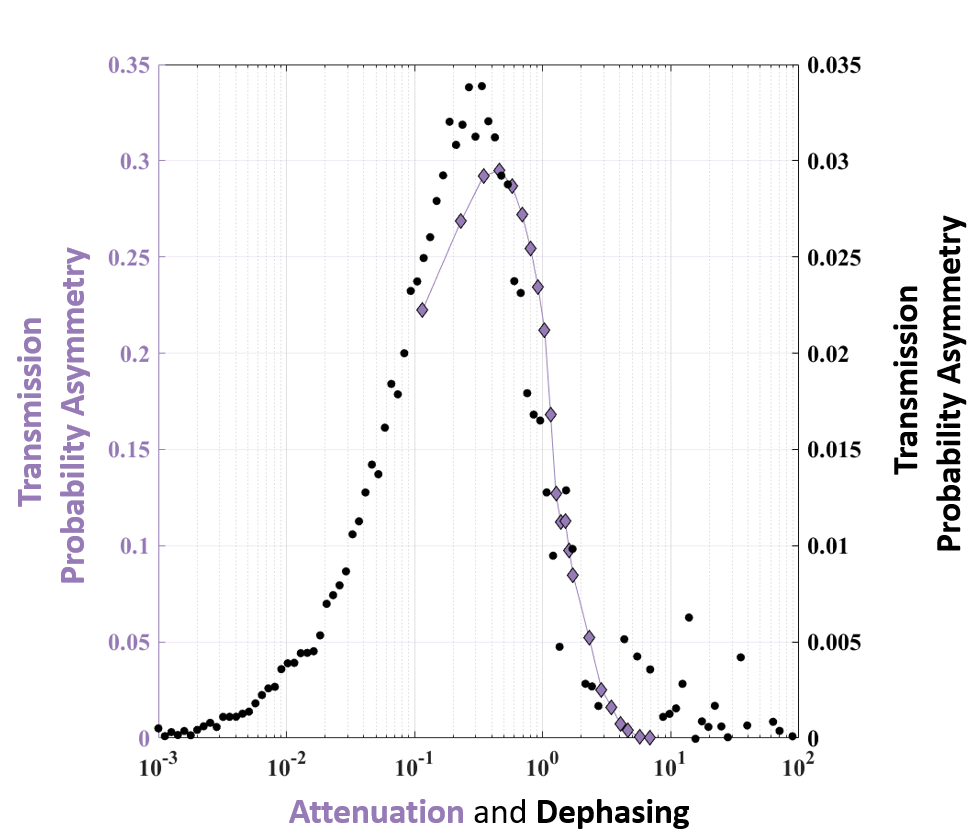 Comparison of the Aharonov-Bohm-graph microwave analogue asymmetric transmission (purple diamonds and lines, P_21-P_12 on left axis) and simulated mesoscopic device transmission probability asymmetry (black circles, P_21-P_12 on right axis), as a function of microwave dissipation (Γ_A/2) in Nepers, and quantum “dephasing rate” (average number of inelastic scattering events per electron passage), on a common log scale.
Comparison of the Aharonov-Bohm-graph microwave analogue asymmetric transmission (purple diamonds and lines, P_21-P_12 on left axis) and simulated mesoscopic device transmission probability asymmetry (black circles, P_21-P_12 on right axis), as a function of microwave dissipation (Γ_A/2) in Nepers, and quantum “dephasing rate” (average number of inelastic scattering events per electron passage), on a common log scale.
The experiment does indeed show an imbalance in the transmission probability through the classical analog microwave device. Further, the UMD scientists find remarkably similar transmission imbalance as a function of the classical rate of imitated “dephasing” as quantum simulations show on the electron “dephasing” rate in a numerical simulation in the literature, see Fig. 3. These results suggest that the utilized treatment of “dephasing” does not adequately capture the quantum nature of the system, as the predicted effects can be seen in a purely classical system. The team concludes that more sophisticated theoretical notions are required to understand what happens in the transition between pure quantum and classical physics. Nevertheless, there seems to be unique opportunities to study new physics and technologies in quantum systems that interact with external degrees of freedom.
The experiments were done by graduate students Lei Chen, Isabella Giovannelli, and Nadav Shaibe in the laboratory of Prof. Steven Anlage in the Quantum Materials Center in the Physics Department at the University of Maryland. Their paper is now published in Physical Review B (https://doi.org/10.1103/PhysRevB.110.045103).
